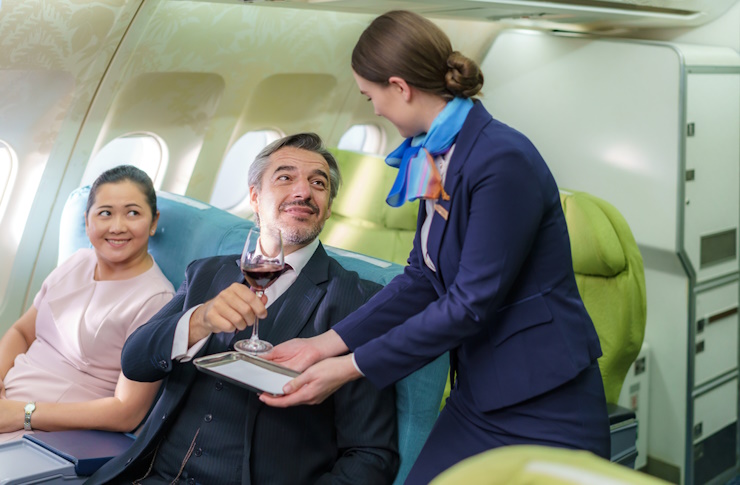Flight Attendant Jobs: Careers from Cabin to Private Jet
Flight attendants work at the intersection of service, safety, and travel. This article provides an overview of flight attendant roles across commercial airlines and private jet operations, explores training and career progression, and clarifies how luxury travel environments change onboard duties. This article provides informational descriptions of flight attendant roles and career paths; it is not a job board and does not list specific openings.

What does a flight attendant do?
A flight attendant’s primary responsibilities are passenger safety and customer service. Duties include pre-flight safety checks, demonstrating emergency procedures, managing cabin equipment, and responding to health or security issues during flight. On the service side, attendants handle seating, meal and beverage service, special requests, and conflict resolution. The role demands strong communication, situational awareness, and the ability to remain composed under pressure. Many positions also require paperwork, coordination with the flight deck, and adherence to airline or operator policies and regulations.
How does private jet crew differ from airlines?
Private jet cabin crew often deliver highly personalized service compared with commercial flights. Onboard teams for private jet travel may prepare customized menus, coordinate ground transport, and manage client confidentiality and bespoke itineraries. Crews typically operate with smaller teams, which means attendants frequently combine service with more operational tasks. Scheduling tends to be more flexible but unpredictable, since private jet charters can be arranged on short notice. Private jet roles emphasize discretion, adaptability, and the capacity to meet high expectations for luxury travel experiences.
Why is aviation training important?
Aviation training provides the safety foundation and professional standards required for cabin crew. Basic certification usually covers emergency procedures, first aid, firefighting, aircraft-specific familiarization, and regulatory compliance. Airlines and private operators often supplement initial training with recurrent drills, customer-service modules, and security awareness courses. Some employers require language skills, food and beverage certifications, or specialized training for international routes. Standardized training ensures crew can protect passengers while delivering consistent service across differing aircraft types and operational contexts.
What steps build a strong career in the air?
Building a long-term career often combines formal qualifications, practical experience, and networking. Many attendants begin with an airline or regional operator to gain flight hours and exposure to different routes. Advancing may involve cross-training for larger aircraft, obtaining additional language proficiency, or moving into supervisory and inflight manager roles. Private jet experience can be a lateral move that enhances luxury-service credentials. Professionalism, punctuality, and documented safety records increase mobility. Continuous learning—medical response, customer-service best practices, and leadership—helps crew transition into training, recruitment, or operations roles within aviation.
How does luxury travel shape onboard service?
Luxury travel raises the bar for personalization, presentation, and discretion. Attendants in this sector often manage bespoke menus, coordinate with ground-based concierges, and tailor the cabin environment to passenger preferences. Attention to detail—such as bespoke amenity kits, curated beverage selections, and privacy protocols—is essential. In addition to elevated service, luxury travel may require familiarity with high-net-worth client expectations, secure handling of valuables, and nonstandard itineraries. While the core safety duties remain unchanged, service delivery in luxury travel is more nuanced and client-focused.
Where to find flight attendant jobs and local services
Searching for flight attendant jobs can include airline career pages, private operator recruitment portals, and professional networks. Local services such as aviation training schools, hiring events, and staffing agencies in your area can help with certification and placement. Industry associations and online communities offer advice on resume standards, interview preparation, and regulatory requirements. Keep records of training credentials and medical certifications, and verify that any recruiter or school is recognized by relevant aviation authorities to ensure compliance and quality.
Flight attendant roles span a range of operational environments—from scheduled commercial routes to bespoke private jet charters—and combine strict safety responsibilities with polished customer service. Understanding the differences between sectors, the importance of aviation training, and how luxury travel changes service expectations can help aspiring attendants choose the right path. This overview is informational and intended to describe career possibilities rather than provide live job listings or hiring guarantees.
Sources






